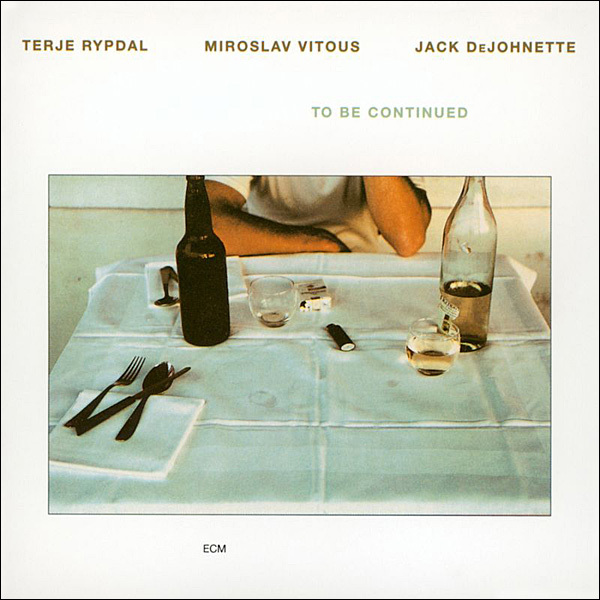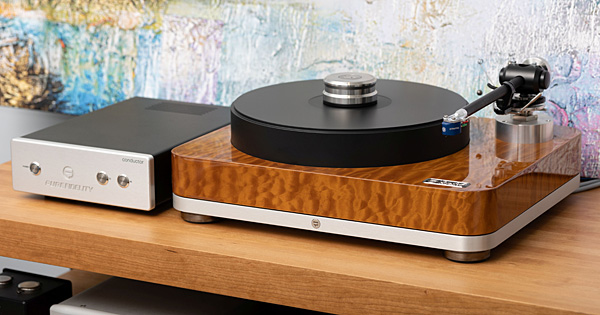| Columns Retired Columns & Blogs |
I bought an new AR Turntable in 1970 for $100 . No cartridge . It was excellent . That's about $750 now .
I have no desire to go back to vinyl , but the fact that everyone has lost their friggin' minds about what is "affordable" is fairly obvious .










































